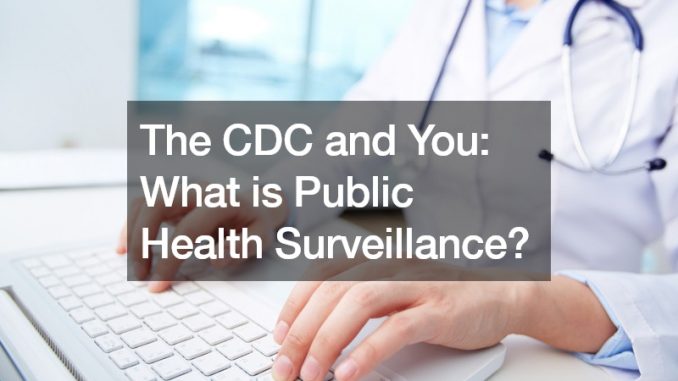

Public health surveillance refers to systematically collecting, analyzing, and interpreting public health records to plan, evaluate, and implement public health practice. The YouTube video explores the topic in more detail. Read on to learn more.
Understanding Public Health Surveillance Analysis
The Centers for Disease Control and Prevention (CDC) uses public health surveillance analysis to monitor and track how diseases spread in communities. When the CDC systematically collects public health data, it can accurately identify patterns and prevent any potential outbreaks.
This proactive approach allows for timely intervention and control measures to protect communities.
Apart from early detection methods, public health surveillance serves several additional purposes. For example, it assesses a disease’s burden and evaluates current prevention and control methods. Furthermore, monitoring certain health concerns, such as morbidity and mortality, allows the CDC to identify emerging health issues and accurately allocate resources.
Public health surveillance is a collaborative team effort. Various stakeholders, such as public health agencies, healthcare providers, and laboratories, work together to achieve a common goal. It’s essential to report data, share information, and coordinate response efforts for it to be successful.
Public health surveillance plays a critical role in safeguarding the health and well-being of communities. Through ongoing monitoring and analysis of health data, organizations like the CDC can identify, investigate, and respond to emerging health threats effectively. In addition, individuals can contribute to efforts to promote and protect public health.
.
